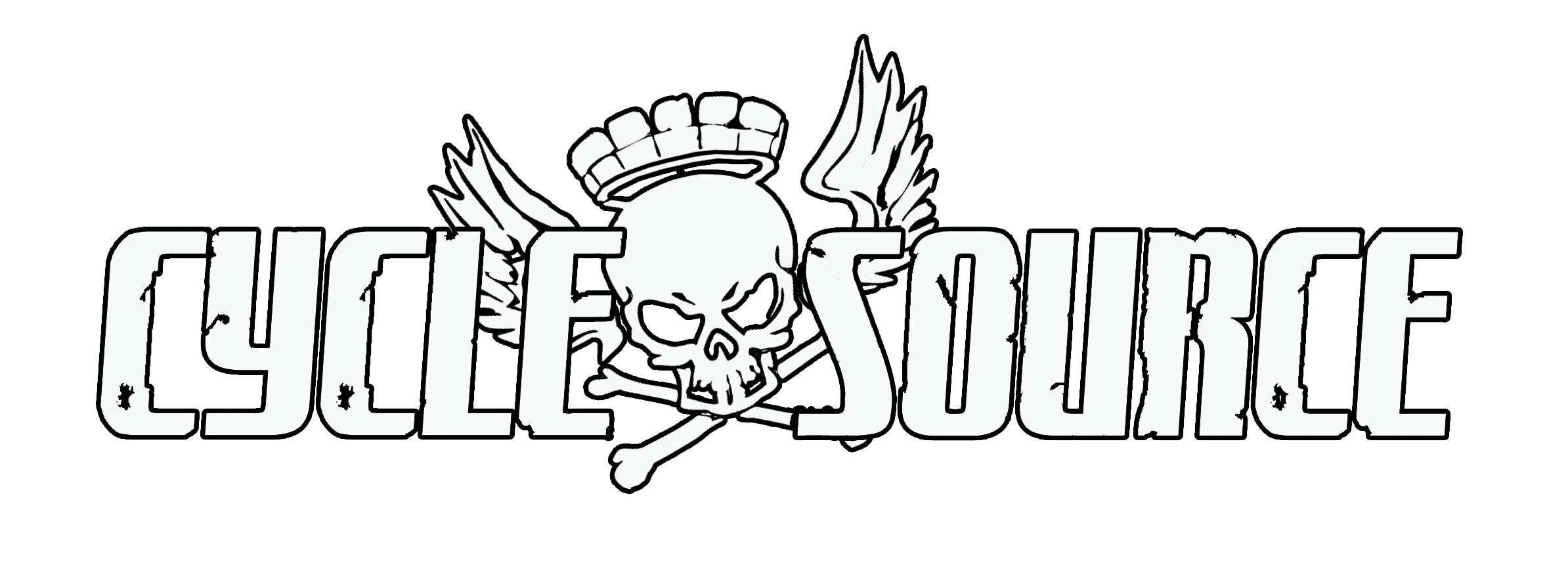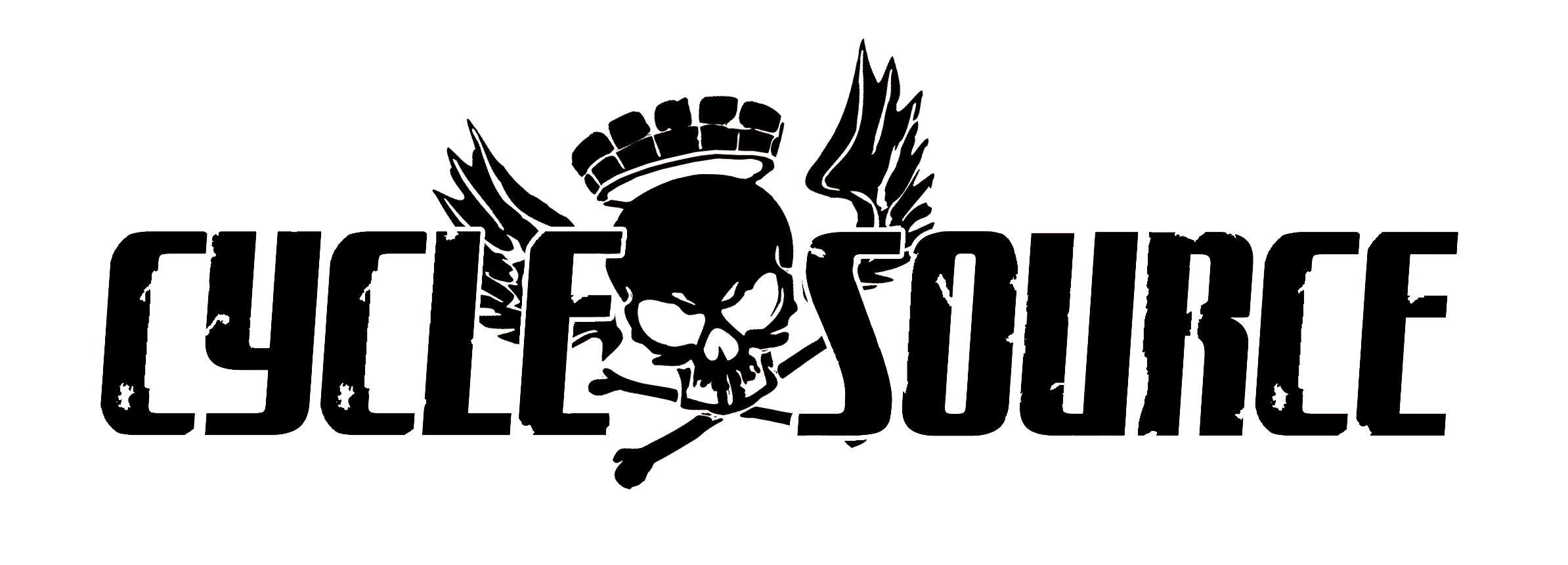Article And Photos By: Daniel Donley
Originally Published In The March 2019 Issue Of Cycle Source Magazine
Here we are at the beginning of a new year. There is one tool in a shop that you really don’t think about as being a critical tool. That if this tool were to break your shop would, in turn, come to a halt. What is that tool? Well, it just so happens to be your Air Compressor. You don’t really think about it as being that critical but when you really look at everything you use your air compressor for, and what it does for you, it quickly becomes one of the most important tools in your shop when it comes to not being able to use certain tools, to not being able to work properly. Air compressors are one of the most relied upon tools in our shops but yet sometimes the most neglected tool. If it works and makes air, then it’s good right? A bit of preventive maintenance goes a long way and is necessary to keep you and your air compressor happy. Because if it goes down, so will your shop. For this month’s tech, I am going to go over some preventative maintenance for your shops air compressor. Here are some tips to keep your air compressor in tip-top shape so this doesn’t happen to you.

The most common used compressor is a piston type. We all know that anything that has pistons creates heat and when you create heat you create wear. It’s a good idea to change your compressor oil on a regular basis. A regular basis? Well, how often you need to is based this on the amount of use. As a general rule of thumb, I use my compressor daily for at least a few hours; I change the oil in my compressor quarterly throughout the year. So, it’s time to change your compressor oil. They typically have this little square drain plug; I typically change them out to a petcock, like on a motorcycle gas tank. This will make oil changes happen much faster. Also, its best to drain the oil while the compressor is warm, just like in

your motorcycle, it will flow out much easier. As far as which compressor oil to use, well that’s up for debate just as much as what you put in your motorcycle or car. The biggest thing to remember about compressor oil is, you either run a Nondetergent, typically a 30w or a synthetic oil. I have used both, and the compressor still runs just fine.

The compressor air filter assembly is also a majorly neglected item. This recently bit my ass! I found out the hard way. My filter would be just a little dusty, so I would blow it out and reinstall, and all was well…. Or so I thought. All was not well, apparently, I did this too many times. The inside of the filter started deteriorating and

falling apart and went down into the compressor, I had little black specks coming out of my airlines. Don’t be like me, and change your filter on a regular basis, these are only a few bucks so, install a new one with every oil change.

Most piston type compressors rely on a separate electric motor to run them via a belt of some sorts. You want to make sure this belt is under proper tension, just like the chain or belt drive on your bike. I typically use a screwdriver to reach through the guard to lift up on the belt to see if there is excess play. If you have more than ¾” of play or movement in between the two pulleys. It’s probably a good idea to adjust the belt tension, by either moving the motor or compressor for adjustment. Also, make sure that then it is in proper alignment from motor to compressor. A straight edge such as a 2 or 4ft level works well to accomplish this.

A few years back, I had a weird issue with my compressor, it was very intermittent it ended up being a loose electrical connection. It is good practice to check those connections to make sure they are tight. My issue at that time was a loose connection at my pressure switch. The little screw just gave up and lost all of its threads. A quick replacement of the screw and I was good to go.

Pressure switch? The pressure switch controls the high low pressures of the compressor, when it kicks on and off. These pressure switches are adjustable. Why would I need to mess with that? Every compressor has an operating range, from one PSI to another to operate at, to be it’s most efficient. To check this, turn the compressor on let, it build pressure till it shuts off, record this PSI, next drain down till it starts to run, then record this PSI. With these numbers typically on the back side of the pressure switch cover it will tell you where the turn-on PSI and the turn off PSI, you will want to make sure it is working within these parameters. If not, you will need to adjust. How do I do that? You will notice in the picture there is a Phillip’s head screw and a flat blade screw side by side. The Phillip’s head typically has a spring under it like an air-fuel mixture on a carburetor; the flat blade will raise and lower the start and stop PSI together. (Side note…the information on pressure switch adjustment I have provided here is just a mere suggestion and please don’t hold me to it; there are many different types. Please do your research on yours.)

There are many nuts and bolts, guards, and fittings on your air compressor. As I preach to new motorcycle owners, it’s a good idea to do a 100% bolt inspection once in a while. This will keep everything happy and at home.

So now that we have fresh fluid, air, proper connection, and everything is tight. It is a good idea to have regular practice of draining off the tank. The tank? Yes, your piston style air compressor makes heat and heat creates condensation. This ends up in the bottom of the tank. Which also ends up in your airlines, if you don’t empty this, it creates rust, and then your investment could be ruined. Often times the air compressors we purchase come with a drain cock like what’s on the bottom of the radiator of your car. Those work but don’t work real well. A ball valve with a hose on it to drain the water into a container works well. But even better than that they make these things called automatic tank drains. Well, they do what they say, and they are awesome. Either way just remember to drain the excess water from your compressor tank, daily or at the most every two days.

Just one last thing here that is high on the neglected list that I see in every shop I go to. Wherever the compressor is sitting in the shop is typically the dirtiest area or item in the shop. The majority of compressors have a belt driven flywheel. The flywheel is also a cooling fan which blows air onto the compressor to help keep it cool. So, with excess dirt and debris, dust on the flywheel fan and compressor it is naturally going to run hotter. With this being said, I would suggest as a whole that it should be one of the cleanest items in your shop. We take care of our motorcycles, and they take care of us. Remember to take care of your shop equipment so it will take care of you. This year is my 8th year writing for Cycle Source and my 96th tech article so If there is something that you would like to see me do a Tech article on please call me or email me with your idea! If you have any questions, please feel free to call me at the shop anytime.
419-576-6812
Daniel Donley
Pandemonium Custom Choppers
Facebook- Pandemonium Custom Choppers
Instagram – pandemoniumc2
info@pandemoniumc2.com
www.pandemoniumcustomchoppers.com























